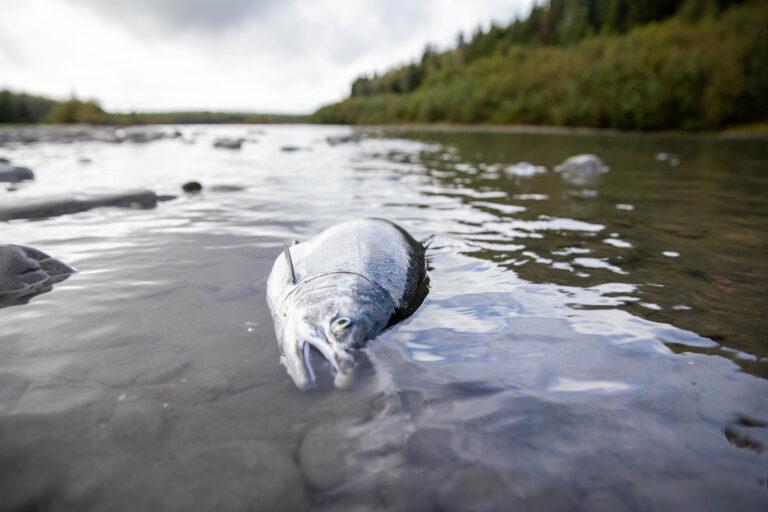In U.S. Pacific Northwest coho salmon (Oncorhynchus kisutch), stormwater exposure annually causes unexplained acute mortality when adult salmon migrate to urban creeks to reproduce. By investigating this phenomenon, a highly toxic quinone transformation product of N-(1,3-dimethylbutyl)-N′-phenyl-p-phenylenediamine (6PPD), a globally ubiquitous tire rubber antioxidant was identified. Retrospective analysis of representative roadway runoff and stormwater-affected creeks of the U.S. West Coast indicated widespread occurrence of 6PPD-quinone (<0.3 - 19 μg/l) at toxic concentrations (median lethal concentration of 0.8 ± 0.16 μg/l). These results reveal unanticipated risks of 6PPD antioxidants to an aquatic species and imply toxicological relevance for dissipated tire rubber residues.
A more recent study examined the sensitivity of other species to 6PPD. It was found to be dangerous to rainbow trout and brook trout in addition to coho salmon.
Further research is needed on this compound.

